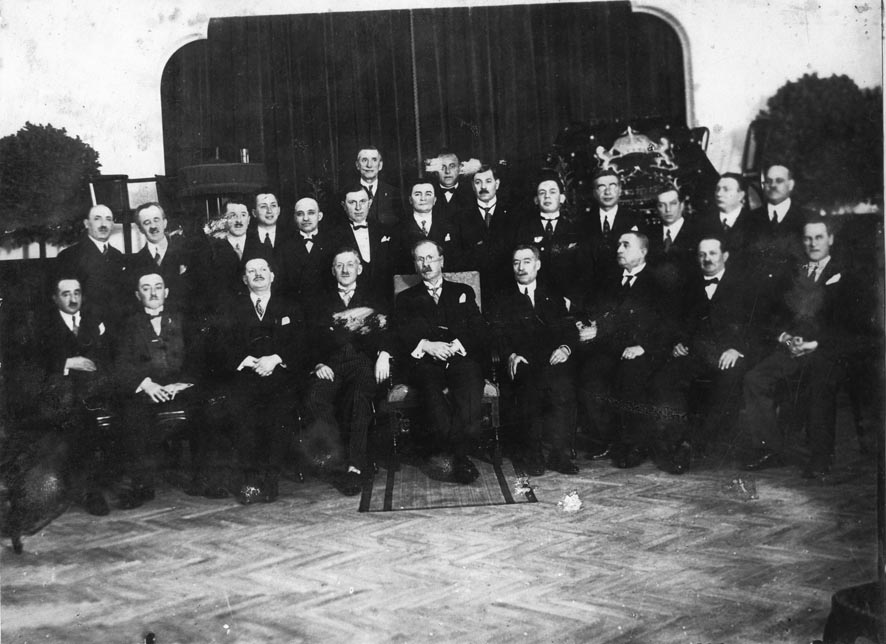Forum
Koen family in Serbia.
I`d like to know about Koen family in the late of the 19th Century.
My grand-grandparents emigrated from Serbia to Brasil in 1893.
Please read the FAQ and provide more information.
Regards,
Sergej
To be able to help you more we need to know more - place of origin of your ancestors, their first names, names of their immediate family members that stayed in the old country.
Usually a good place to start are Privrednik database records - there is a number of KOEN merchants and shop owners from Belgrade listed in it:
| YEAR | SURNAME, FIRST NAME, PROFESSION, CITY |
| 1924 | Koen J. Solomon, tapater, Beograd |
| 1927 | Koen Solomon, tapetar, Beograd |
| 1927 | Koen Solomun, trg. Beograd |
| 1927 | Koen Solomon, tapetar, Beograd |
| 1927 | Koen Solomon, tapetar, Beograd |
| 1928 | Koen Salomon, tapetar, Beograd |
| 1929 | Koen Avram, vulkanizator, Beograd, Resavska 33 |
| 1934 | Koen A. Isak, trg. man., Beograd, Kr. Milana 41 |
| 1934 | Koen L. Žak, fotograf, Beograd, Sarajevska 62 |
| 1936 | Koen A. Isak, trg. man., Beograd |
| 1937 | Koen A. Filip, obućar, Beograd, Dobračina 12 |
Seecond source of publicly available records would be the official census of WWII victims.
I will post that information later after I translate it, as the list is heartbreakingly long when it comes to KOEN family from Serbia.
photo: Jewish community building on Kralja Petra Street. These are the members of the board that was resposible for building the new synagogue, Bet Israel, on Cara Urosa Street. The photo was taken in Belgrade in the 1900s. The building committee for the Bet Israel synagogue from left to right: Seated: Josif Pinto, Menahem Koen...

"A large group of Sephardi Jews arrived in Belgrade in 1521, immediately after the Turkish conquest of the city. Unlike the native Romaniot Jews, who at that time already dwelled along the Sava River, Sephardim settled along the Danube, in the Turkish part of the town called Dortjol, where they soon formed a Jewish quarter, the mahala(from Turkish mahalle), which they named Jalia (from the Turkish yali – waterside residence). For the history of Belgrade’s Jews, see:
Ženi Lebl, Do “konacnog rešenja” – Jevreji u Beogradu 1521–1942(Belgrade, 2001), 4–5 (published also as Jennie Lebl, Until the “Final Solution”: The Jews in Belgrade 1521–1942 [Bergenfield, NJ, 2007] );
Ignjat Šlang, Jevreji u Beogradu(Jews in Belgrade) (Belgrade, 2006; first ed., 1926); Zbornik jevrejskog istorijskog muzeja, no. 6 (a collection of articles about the Jews in Belgrade published by the Jewish Historical Museum (Belgrade, 1992).
Divna Ðuric-Zamolo “Stara jevrejska ˇcetvrt i Jevrejska ulica u Beogradu” (The Old Jewish Quarter and Jewish Street in Belgrade), Jevrejski Almanah 1965–67: 54."
source: